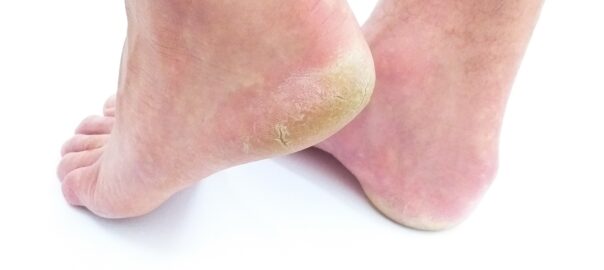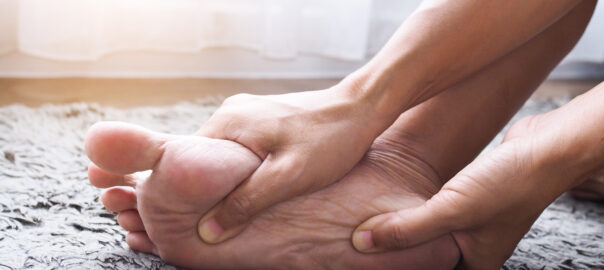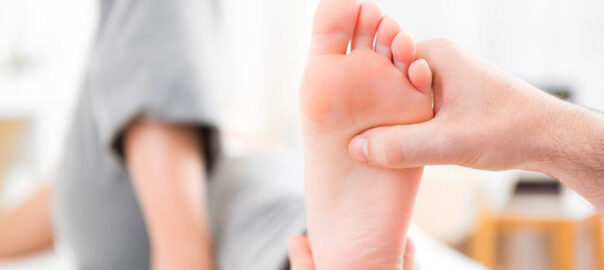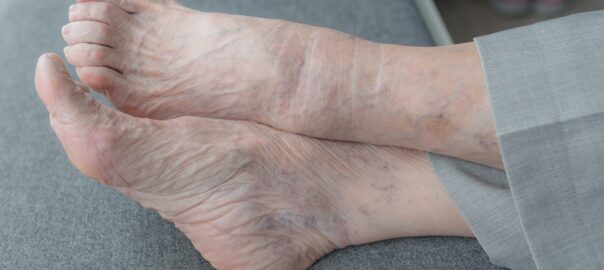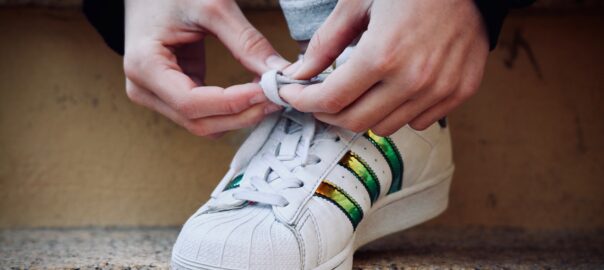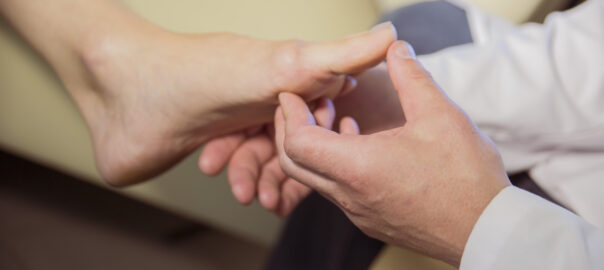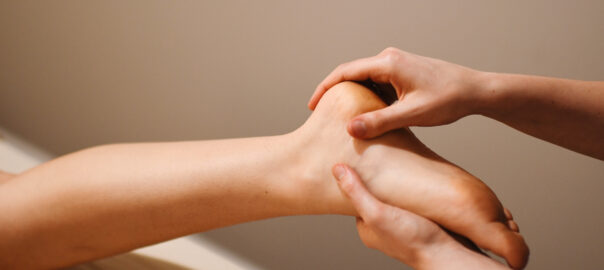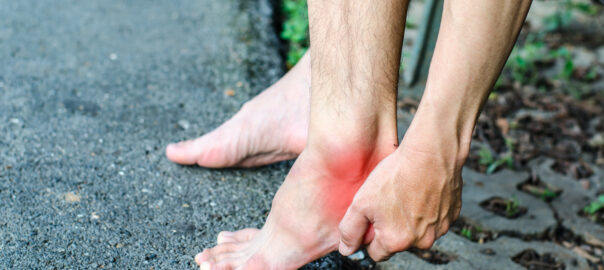High Heels Problems
While podiatrists strongly advise patients to avoid wearing high heels, the reality is many patients will continue to wear them. Women wear high heels for special occasions like weddings, birthdays etc.
The higher the heel the more pressure your foot will apply to the ball of your foot and your toes. The higher the heel, the worse the problem. A one-inch heel exerts about 22% -25% more pressure on the ball of your foot than a flat shoe. With a three-inch heel, there’s more than 75% more pressure on your forefoot!
High heels pitch your weight unnaturally forward, throwing off the mechanics of your entire body. When you have good posture, your weight is equally balanced throughout the soles of your feet, and you have a neutral spine with your shoulders centered over your hips and knees. Your weight is then distributed evenly across your supporting muscles and ligaments.
Wearing high heels over prolonged periods of time may worsen the condition of our feet. High heels can become ‘killer’ high heels causing problems such as blisters, corns and calluses to serious foot, ingrown toenails, joint pain, bunions, Morton’s neuroma and plantar fasciitis, knee and back pain.
High heels shift the weight of our body forward, onto the ball of our feet and our toes, making them absorb all the pressure when we walk around or stand.
Keep High heel for special occasions!
If you experience any of these conditions, call us : 773-205-0106 or visit website to schedule an appointment: https://europeanfootandankleclinic.com



